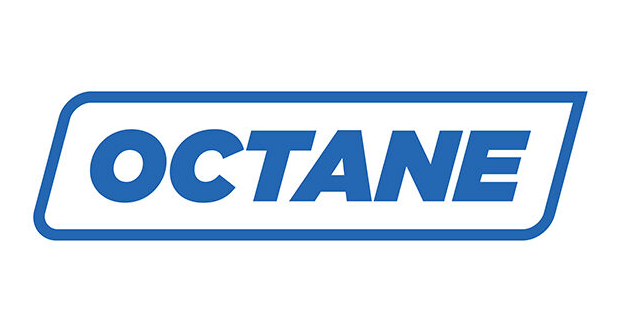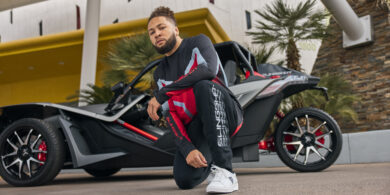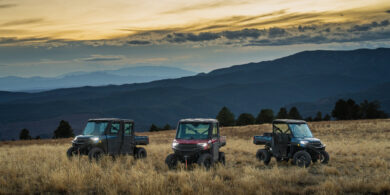May 4, 2009 – A changing age trend?
By Karin Gelschus
Associate Editor
The slight drop in the average age of snowmobilers this year could be attributed to more young people getting into the recreation, the oldest snowmobilers starting to leave the sport or, perhaps, both.
A national survey of 150 dealers in key snowmobile states revealed that last year, about 40 percent of all snowmobilers were 50 years of age or older, which is down about 10 percent from the previous year.
Ed Klim, president of the International Snowmobile Manufacturers Association (ISMA), says a survey ISMA did showed a drop of almost two years in the average age of snowmobilers this year, which is now around 40 years old.
A possible explanation for the drop in average age is a decrease in snowmobilers over 60 years old, which accounts for only about 5 percent of all snowmobilers, according to the national dealer survey done by Irwin Broh & Associates for Powersports Business.
“We may be losing some of the very oldest,” Klim noted. “Right now it’s not a trend. It’s only a one-year shift, but if you call me next year at this time and it dropped another year or two, then it starts to turn into a trend. It caught our eye too when we did these survey results.”
Nearly one-third of new buyers are under the age of 30 this year, which was the second highest age group of new buyers behind 30-45 year olds.
“We’re doing what we can to try to reach out and attract the younger buyers with the work we do with GoSnowmobiling,” Klim said, adding the GoSnowmobiling campaign had a huge increase in the number of visits to the Web site from people who had never snowmobiled before.
Visits to the campaign’s Web site, www.gosnowmobiling.org, have increased more than 100 percent compared to last year, notes Klim.
In some snowmobile areas, Klim notes you can tell which dealers make a strong effort to reach out to riders by which colors snowmobilers are wearing and what manufacturers those dealers sell.
“If you go into a certain area and everybody is riding a green machine, you go, ‘Wow it must be a strong Arctic Cat dealer,’” said Klim, “and then you go 10 miles away and everybody is riding blue and then you go 20 miles away and everybody is riding yellow. It’s pretty obvious what’s going on.”
Another reason some people are getting into the recreation has to do with the new products, which Klim believes are more appealing to younger people.
“The machines are cleaner and quieter, and they’re more comfortable today. We’re not just attracting the older motor heads,” he said. “We’re attracting the people that really didn’t like the smell of the oil and all of that. They’re not clean freaks, but at the same time, they didn’t really want to get their hands dirty.
“A lot of the snowmobiles the way they’re made these days, you really don’t get your hands dirty anymore. They have the computer programming systems; you’re not going to mess with your carburetor. They’re fuel injected. They’re four-strokes. You have to be a technician just to open the hood sometimes.”
Despite the online campaign and the new products, the dealer survey revealed a smaller percentage of new snowmobile buyers in dealerships. On average, dealers said 11.9 percent of their customers were buying snowmobiles for the first time. That number, however, is down from 13.8 percent last year.
Whether that percent is increasing, decreasing or staying the same in recent years has shifted considerably. Fewer dealers said it’s decreasing while a higher percentage of dealers said it was staying the same.
Dealers who have the highest new snowmobile buyers are usually the ones who are “very active with their local clubs and involved in meetings,” said Klim. “They’re getting outside of their dealership with small displays. They’re getting a little more aggressive in where they’ll display their products. That’s the most vital.”




